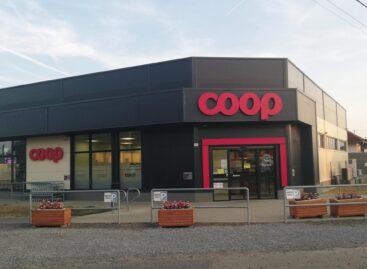Ideal co-operation between manufactures and agencies IV. – You don’t have to believe everything!
According to a survey conducted by Trade magazin and Promo Power Trade Marketing Agency, 78 percent of companies are sometimes forced to choose the cheapest merchandising service and 92 percent find that an unrealistically low price means a low standard of service. It is always important to check references, because ex-employees often use references which in fact belong to projects completed by their ex-employers. The number of merchandising service providers is near fifty in most retail chains, which means that most of these have only one or two clients. On the other hand, there are also agencies working for 40-50 clients, which can guarantee the existence of a well developed support structure, which translates into adequate supervision and administration of activities. When big clients order a large number of merchandising hours, it is possible that only a substantially smaller number of hours is actually delivered in service, creating extra profit for the agency, which in turn allows it to quote an hourly rate in its offer that will guarantee winning the contract. There are clients who automatically disregard unrealistically low rates, but 78 percent of companies are sometimes forced to choose the cheapest offer, while 92 percent of clients find that unrealistically low price translates into sub-standard service. Some clients choose to reduce the number of merchandising hours from what would normally be regarded as ideal to a lower number, in order to be able to pay a rate which ensures that tasks are performed properly. 16 percent of clients find that agencies undertake more contracts than they can fulfil properly. Merchandising rates have hardly risen in the past ten years, which means that earnings have also remained almost unchanged. Agencies sometimes even cut the amounts they pay their merchandisers which results in even less motivation for them to perform their tasks diligently. 16 percent of clients complain about the slowness of the flow of information between them and the agency, which might be another sign of under-staffing. 73 percent of clients are not completely satisfied with the reports they receive from agencies, whereas reporting should be up to date in all cases. Displays are not always placed next to the subject category, which means that merchandisers sometimes fail to notice promotional displays. Many clients fail to request analyses of inventory from agencies, although this could be useful feedback about the way key account or regional managers do their job and could also help to minimise shortages. It is also important to check if sales reps and merchandisers maintain regular contact or not, because this is an essential precondition of effective work.
Related news
Related news
László Pekó: “Coop isn’t just a network, it is a way of life – and has been for 30 years”
🎧 Hallgasd a cikket: Lejátszás Szünet Folytatás Leállítás Nyelv: Auto…
Read more >Winners of the 2025 Retailer of the Year award announced
🎧 Hallgasd a cikket: Lejátszás Szünet Folytatás Leállítás Nyelv: Auto…
Read more >K&H: significant price drop in the pork market
🎧 Hallgasd a cikket: Lejátszás Szünet Folytatás Leállítás Nyelv: Auto…
Read more >



